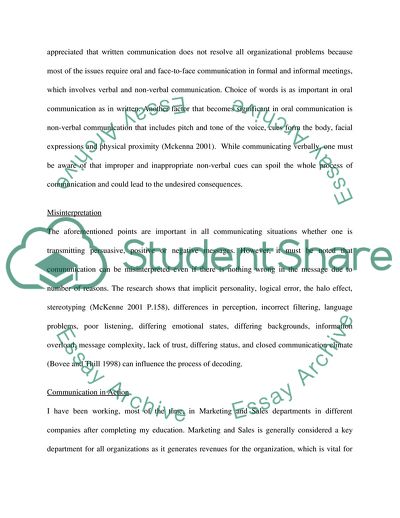Cite this document
(Communication Is a Key Factor in the Life of Organizations Term Paper - 1, n.d.)
Communication Is a Key Factor in the Life of Organizations Term Paper - 1. https://studentshare.org/sociology/1710760-term-paper
Communication Is a Key Factor in the Life of Organizations Term Paper - 1. https://studentshare.org/sociology/1710760-term-paper
(Communication Is a Key Factor in the Life of Organizations Term Paper - 1)
Communication Is a Key Factor in the Life of Organizations Term Paper - 1. https://studentshare.org/sociology/1710760-term-paper.
Communication Is a Key Factor in the Life of Organizations Term Paper - 1. https://studentshare.org/sociology/1710760-term-paper.
“Communication Is a Key Factor in the Life of Organizations Term Paper - 1”. https://studentshare.org/sociology/1710760-term-paper.


